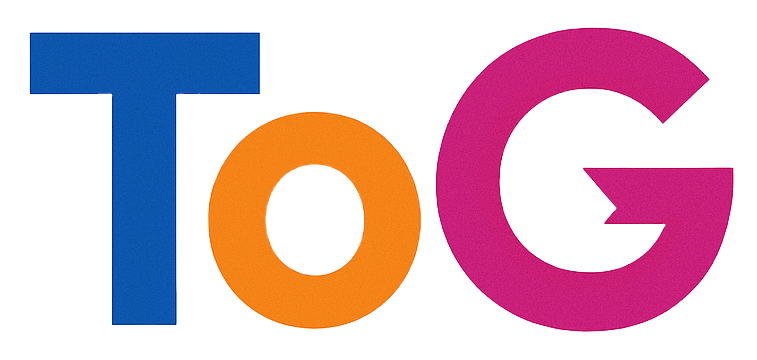Understanding Original Content in 2025: A Search for Clarity
In the ever-evolving realm of search engine optimization, there’s a prevailing sentiment among industry insiders and self-proclaimed experts that artificial intelligence is dramatically altering the landscape of informational content. While some view this shift with skepticism, I find the change to be an intriguing opportunity.
What perplexes me is the swift transition from one broad concept to another without substantial clarification—specifically, the insistence on “creating original content” as the ultimate solution to all content-related challenges. Yet, the definition of “original content” remains frustratingly vague. Many of those advocating for this approach haven’t even found success with recycled or repurposed material, and their recommendations often recycle the same tired advice, particularly on platforms like LinkedIn.
Rather than simply voicing my frustrations, I’m keen to delve deeper into this topic.
My content creation strategy is centered around understanding user intent and addressing genuine pain points, with the goal of providing real solutions. However, as the phrase “original content” becomes more ubiquitous, I find myself reflecting on several important questions:
-
What constitutes “original” today? Is it a traditional blog post, an engaging video, an insightful case study, or perhaps even a personal narrative?
-
What formats are considered original? Is length a factor, or should the focus be on data-driven insights versus personal opinions?
-
What structures or frameworks are most effective in achieving originality?
Despite the prevalence of this buzzword, there seems to be a lack of clear definitions or guidelines. If conventional “informational content” is falling out of favor, what direction should we take moving forward?
Navigating this new territory requires not only creativity but a clear understanding of what original content truly means in today’s digital landscape. As we move toward 2025, it’s vital for content creators to redefine their approaches and ensure that what they produce resonates authentically with their audience.

